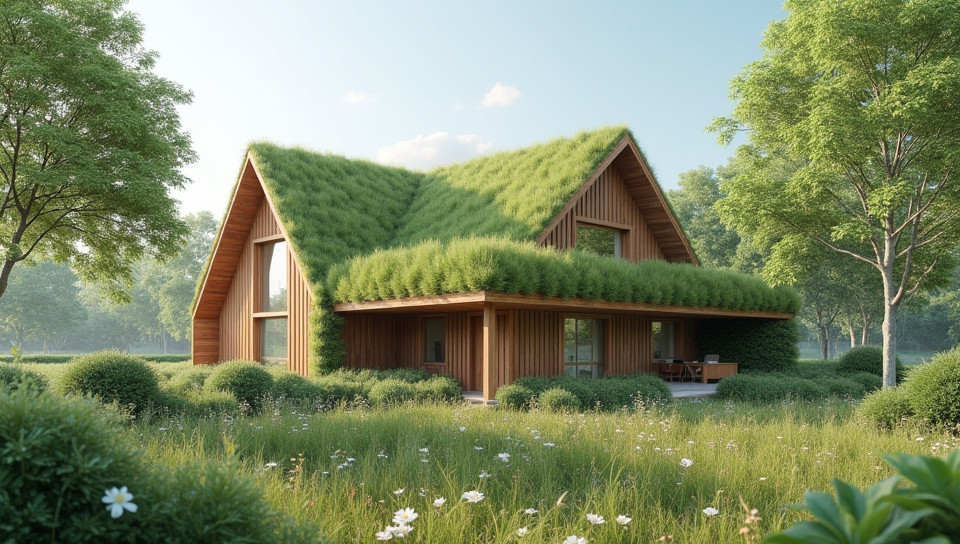Materials used in green building insulation are non-recyclable 67%

The Dark Side of Green Building Insulation
As the world shifts towards sustainable living and green building practices, many assume that all eco-friendly materials are recyclable and environmentally friendly. However, there's a growing concern that some materials used in green building insulation may not be as recyclable as we think.
What is Green Building Insulation?
Green building insulation refers to the use of materials and techniques that reduce the environmental impact of buildings while maintaining their energy efficiency. These materials are designed to provide thermal comfort while minimizing waste, pollution, and greenhouse gas emissions.
Common Materials Used in Green Building Insulation
Some common materials used in green building insulation include: - Fiberglass - Cellulose - Spray foam - Rigid foam board - Reflective radiant barrier
The Problem with Recyclability
While these materials may be touted as eco-friendly, many of them have one major drawback: they are not recyclable. In fact, most green building insulation materials end up in landfills after their lifespan is over.
Why is this a Problem?
The non-recyclability of green building insulation materials leads to several issues:
- Waste management: Non-recyclable materials contribute to the growing waste management problem, as they often end up in landfills and take hundreds of years to decompose.
- Resource consumption: The production of new insulation materials requires significant amounts of energy, water, and raw materials, which can lead to increased greenhouse gas emissions and resource depletion.
- Lack of circular economy: The non-recyclability of green building insulation materials hinders the adoption of a circular economy, where resources are kept in use for as long as possible.
Conclusion
The use of non-recyclable materials in green building insulation is a significant concern that warrants attention from architects, builders, and policymakers. As we strive to create more sustainable buildings, it's essential to prioritize recyclability and develop new materials or technologies that minimize waste and promote circularity. By doing so, we can reduce the environmental impact of our buildings while promoting a healthier planet for future generations.
- Created by: Noah Weber
- Created at: Dec. 19, 2024, 1:09 p.m.
- ID: 16804









